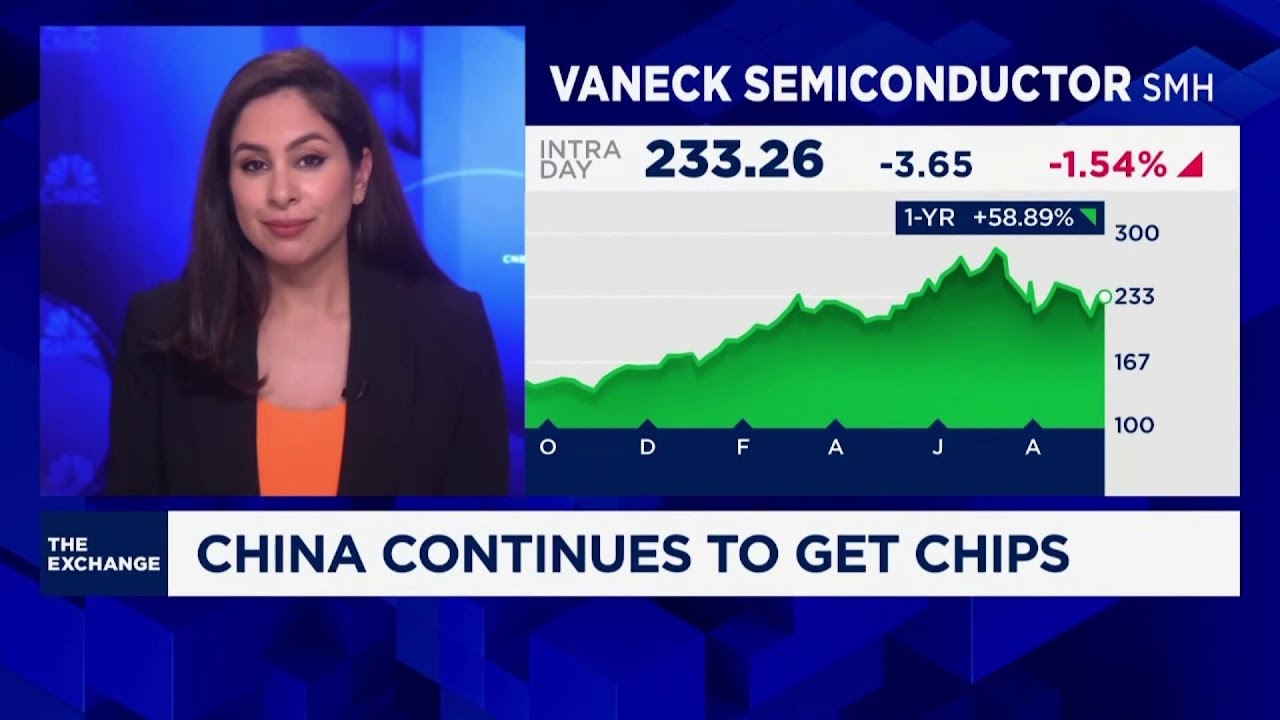The video highlights China’s creative strategies to bypass U.S. restrictions on advanced AI chips, including smuggling and utilizing cloud services from providers like Microsoft and Amazon. Despite declining semiconductor sales to China, the demand for these technologies remains high, prompting the U.S. to consider stricter export controls while NVIDIA develops compliant chips for the Chinese market amidst evolving regulations.
The video discusses China’s ongoing efforts to circumvent U.S. restrictions on advanced AI chips, particularly those produced by NVIDIA. As the U.S. government tightens export controls to limit China’s access to these critical technologies, China is employing various creative strategies to acquire them. This includes smuggling chips and utilizing cloud services from major providers like Microsoft and Amazon, which currently do not fall under the same restrictions as physical chip transfers.
Despite the U.S. export controls, which have seen semiconductor sales to China decline from 35% of global sales in 2019 to about 29% today, the demand for advanced AI chips remains high. The U.S. Commerce Department is reportedly considering additional measures that could require cloud providers to disclose the locations of their customers, aiming to further safeguard American technology from potential military applications by China.
NVIDIA is responding to the situation by reportedly developing a customized chip for the Chinese market that complies with existing export bans. However, the company faces challenges due to the evolving regulatory landscape and the potential for stricter rules from Washington. This highlights the complexities of international trade in technology and the ongoing competition between the U.S. and China in the AI sector.
The video emphasizes that the chips in question are indeed leading-edge technologies, which are crucial for building advanced AI models. The U.S. government is particularly concerned that these AI capabilities could be leveraged by the Chinese military, prompting discussions about the effectiveness of current export controls and the necessity for more stringent regulations.
Overall, the situation underscores the high stakes involved in the global semiconductor market and the lengths to which China is willing to go to secure access to advanced technologies. As both countries navigate this competitive landscape, the implications for international relations and technological advancement are significant.
